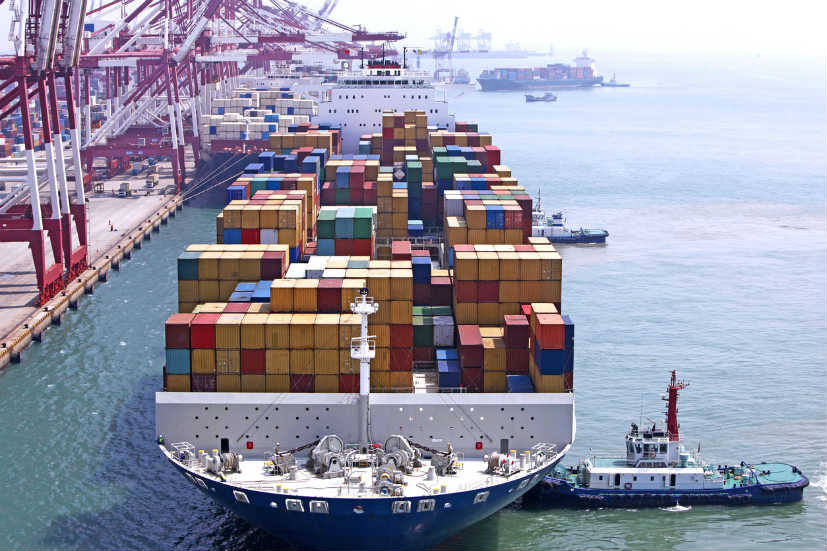The United Nations Conference on Trade and Development (UNCTAD) has ranked the port of Shanghai as the world’s best-connected port. The Chinese port has earned a score of 134 points in UNCTAD’s port Liner Shipping Connectivity Index.
According to the index, the port of Singapore was ranked second as it garnered 124.63 points followed by Pusan in Korea with 114.45 points. Apart from Shanghai Port, another Chinese port, Ningbo was ranked fourth with a score of 114.35 points. While the Top 20 comprises other Asian and European ports, none featured in the Top 20 are from Africa, North and South America as well as Australia.
According to Shamika N. Sirimanne, UNCTAD’s director of technology and logistics, a container port’s performance is a critical factor that can determine transport costs and, by extension, trade competitiveness. Container ports that are well connected and have frequent and direct shipping services are key to minimising trade cost and fostering sustainable development.
The Liner Shipping Connectivity Index released by UNCTAD is significant for traders as it helps them to determine maritime transport trends and the ports’ positions compared to others. It provides data for more than 900 ports.
In 2018, port Shanghai handled 561.29 million tonnes of cargo. According to the port authority, container throughput of the port grew by 4.4 percent to 42.01 million standard containers. It is also the busiest port in the whole world.
Shanghai port container terminals are equipped with the most advanced facilities. Located in Yangshan, Waigaoqiao, and Wusong areas, the port has 46 container berths and over 6 million square metres container yards. The port started container operations in 1978.
A recent study by UNCTAD and MarineTraffic revealed that a ship spends a median time of 23.5 hours in ports. It also revealed that containerships had the lowest turnaround times.


